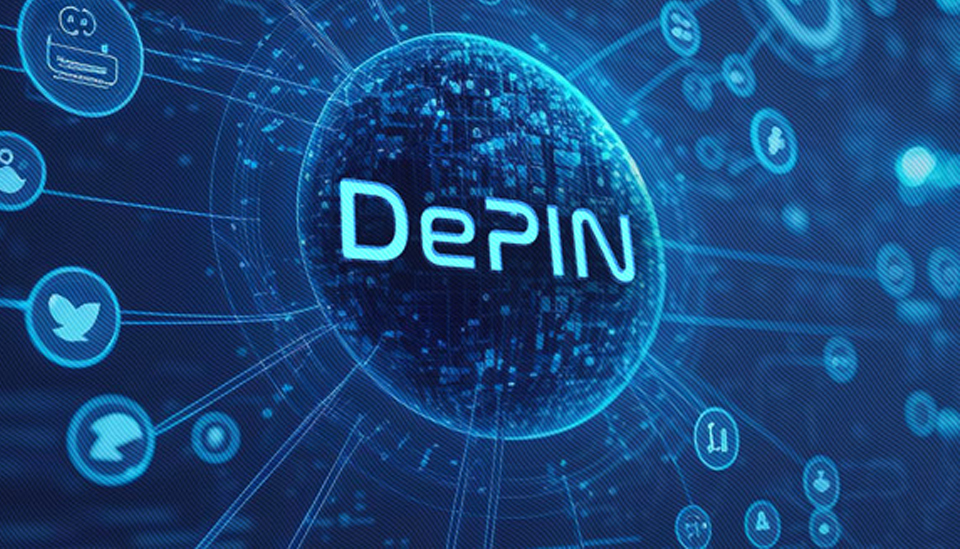A growing number of experts believe DePINs, or decentralized physical infrastructure networks, have the potential to disrupt the massive global telecom industry. DePINs have garnered significant attention in the cryptocurrency space in recent years due to their ability to address real-world challenges in energy and data.
Unlike traditional digital systems, which are centralized and controlled from a single point, DePINs distribute their resources and data across multiple interconnected devices or nodes. This decentralized structure enhances transparency, strengthens data protection, improves efficiency, increases scalability, and reduces costs.
By pairing DePINs with blockchain technology and offering token incentives to individuals who participate in the network, business operations can become more efficient. These incentives encourage participation and strengthen the network. The potential real-world applications of DePINs have propelled them to the forefront of discussions in various industries, including telecom.
According to data from Business Research Company, the global wireless network infrastructure segment is valued at $3.1 trillion and is expected to reach $3.9 trillion in the next three and a half years. Despite this growth, the industry faces significant technology and connectivity challenges that impede service delivery. Carlos Lei, CEO and co-founder of Uplink, describes the current connectivity market as “broken,” with billions of devices worldwide needing access to quality connectivity.
Many organizations are searching for cost-effective solutions to these issues, but the traditional methods of deploying infrastructure are “financially unsustainable,” according to Lei. The capital expenditure required to install connectivity infrastructure is substantial, even for leading telecommunications companies, and these investments often lack clear projections on future returns.
DePINs could leverage decentralization to address this challenge. Some DePIN projects allow individuals to set up antennas to provide network connectivity, thereby increasing coverage and reducing the reliance on centralized connectivity providers. Domenic Carosa, co-founder and chair of DePIN network aggregator Hivello, notes that DePINs address inefficiencies and redundancies in network connectivity infrastructure development.
Integrating decentralization into telecom infrastructure management and ownership optimizes resource use and improves connectivity access to underserved areas, Carosa explains. Other companies are also developing DePIN-based solutions for the telecommunications sector. Helium Mobile, for instance, is creating a decentralized, community-built, and owned wireless network to provide affordable unlimited connectivity, according to CEO Amir Haleem.
Companies such as FingerMotion Inc. (NASDAQ: FNGR) are likely exploring how best to leverage DePINs in their service offerings to meet the evolving needs of their customers in the telecom sector.

